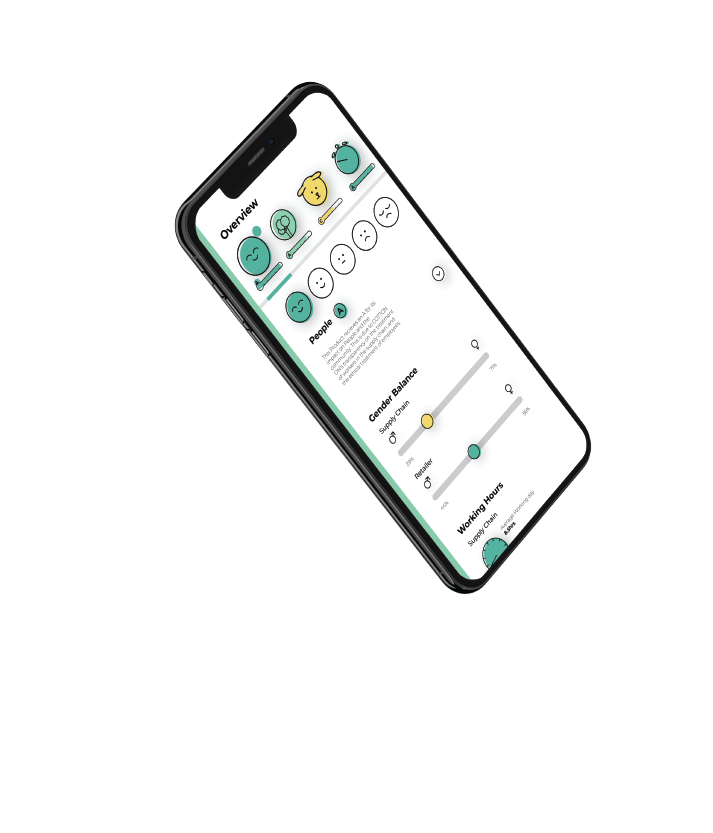About
QEY : Pronounced [Key]
Qey is a sustainability index that provides a transparent system to identify the impacts of consumer goods upon the world. Through data visualisation, Qey is designed to inform and educate consumers about the impacts of our purchasing habits on not only the environment, but the wider community.
Qey works to compile complex information and present it in an intuitive and simple format that is easily understood and accessible. Qey scores a product through the summation of four contributing factors; the ethical impacts upon humanity, the environmental impacts, the impacts upon animals and the longevity of a product.























